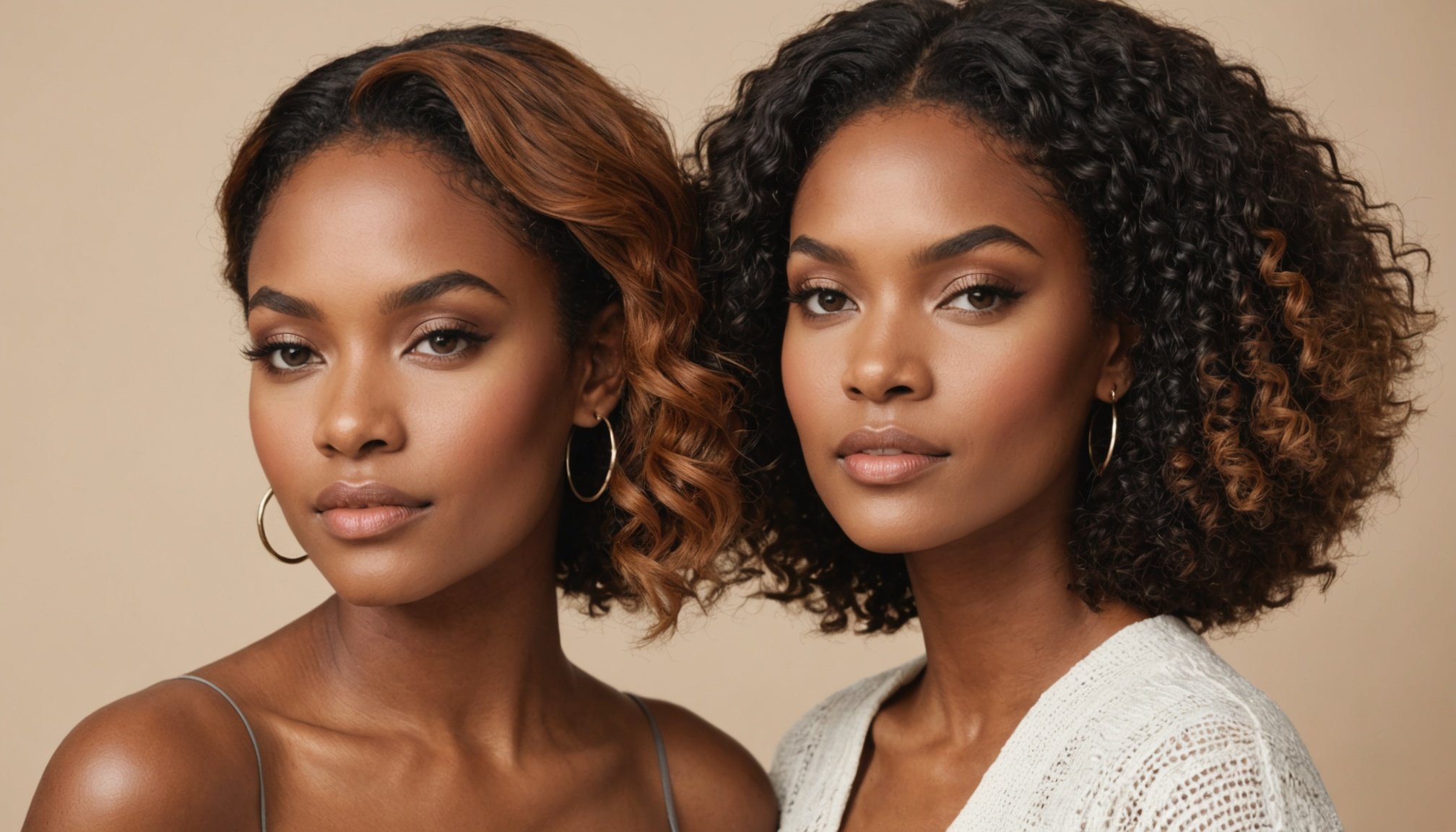Understanding how to choose colors that complement your skin tone is essential for enhancing your natural beauty. Whether you are selecting clothing, makeup, or accessories, the right colors can make a significant difference in your overall appearance. This guide will help you navigate the complex world of skin tones, warm and cool colors, and the best shades to enhance your features, regardless of the occasion. With the right knowledge, you can confidently express your unique style and personality.
Identifying Your Skin Tone
To choose the best colors for your wardrobe, it is crucial to first identify your skin tone. Skin tones generally fall into three main categories: warm, cool, and neutral. Understanding which category you belong to will guide your choice of colors.
Also to read : What are the secrets to creating a signature look that stands out in a crowd?
A warm tone typically has yellow, peach, or golden undertones. If you notice that gold jewelry complements your skin better than silver, you may have a warm skin tone. People with warm undertones often look best in earthy colors like browns, yellows, and warm reds.
Conversely, a cool tone features pink, red, or blue undertones. If silver jewelry is more flattering on you than gold, you likely have a cool skin tone. Cool-toned individuals tend to shine in colors such as blues, greens, and purples, as these shades harmonize with their natural undertones.
Have you seen this : What are the key factors in selecting the right handbag to complement your ensemble?
Lastly, a neutral tone falls between warm and cool. Neutral tones can wear both gold and silver jewelry, making them versatile in clothing and makeup choices. Shades like soft pinks, taupes, and muted tones work well for those with neutral undertones.
To further identify your skin tone, consider your natural hair color and the color of your eyes. Generally, those with light hair and blue eyes might lean towards cool tones, while those with brown or dark hair often have warm undertones. Taking a closer look at these elements will help you make informed decisions when selecting colors.
Exploring Warm and Cool Colors
Once you have identified your skin tone, the next step is to explore warm and cool colors. This exploration will help you understand which colors will enhance your natural beauty.
Warm colors include shades like red, orange, yellow, and earthy tones like brown and olive green. These colors tend to evoke warmth and positivity. For individuals with warm undertones, wearing warm colors can create a harmonious look, making you appear vibrant and radiant. Warm colors are perfect for casual outfits, especially in the summer, where light fabrics and bright colors can elevate your style.
On the flip side, cool colors encompass blues, greens, purples, and pinks. These shades tend to have a calming effect and are often associated with tranquility and elegance. Cool-toned individuals can play around with various shades of blue, from light sky blue to deep navy, which can accentuate their complexion beautifully. Moreover, cool colors can also be versatile for formal settings, allowing you to create a polished and sophisticated look.
When choosing between warm and cool, consider the occasion. For social gatherings or outdoor events, warm colors can bring energy and enthusiasm to your outfit. In contrast, for professional settings or formal events, cool colors may offer a more refined appearance. Understanding how these colors interact with your skin tone will empower you to make better fashion choices.
The Impact of Light and Dark Colors
The lightness or darkness of colors also plays a pivotal role in complementing your skin tone. Light colors tend to reflect more light and give a softer appearance, while dark colors can create a bold and dramatic look.
For individuals with fair skin, wearing light colors can enhance your natural glow. Soft pastels like lavender, mint green, and pale pink can be especially flattering. These colors not only complement your skin tone but also contribute to a fresh and youthful appearance. Conversely, using too many dark colors can sometimes overwhelm a light complexion, leading to a washed-out effect.
Those with darker skin tones can successfully wear both light and dark colors. However, bold and vibrant shades will resonate more, creating a striking contrast that highlights your features. Jewel tones like emerald green, royal blue, and rich purple can add depth and richness to your look.
For those with medium skin tones, a balance of light and dark colors works best. Neutrals can be particularly effective, allowing you to mix and match different outfits. You can pair dark shades with lighter accessories to create a harmonious look that showcases your unique style. Remember, the key is to experiment with different shades to see what resonates best with your complexion.
Choosing the Best Colors for Your Hair and Eyes
Your hair color and eye color are critical factors in determining the best colors that complement your skin tone. Different shades can either harmonize with or contrast against these features, creating an overall cohesive look.
For those with blonde hair and blue or green eyes, softer colors tend to bring out the brightness in both the hair and eyes. Light blues, soft pinks, and whites can enhance your overall appearance. You might want to avoid overly dark colors, as they could overshadow your natural features.
Individuals with brown hair can explore a wide range of colors. Depending on your shade of brown, you can choose warm colors like burnt orange or cool shades like teal. If you have brown eyes, consider colors that enhance their warmth, such as golds and warm reds.
For those with dark hair, bold and vibrant colors can add contrast and depth. Deep reds, dark greens, and rich purples can create a striking look. If you have light eyes, such as hazel or light blue, you may want to incorporate colors that reflect these shades, like soft blues or greens, to enhance your eye color.
Understanding the relationship between your hair, eyes, and skin tone empowers you to create outfits that are not only visually appealing but also uniquely you.
Choosing colors that complement your skin tone is an art that requires understanding various aspects, including your skin’s undertones, the impact of warm and cool colors, and the influence of your hair and eye colors. By taking these factors into account, you can curate a wardrobe that accentuates your natural beauty and expresses your personal style. Remember, there are no hard and fast rules; experimentation is key. Feel free to explore different shades and combinations until you discover what makes you feel your best. With the right knowledge and a bit of creativity, you can enhance your appearance and boost your confidence, allowing your true self to shine through.











